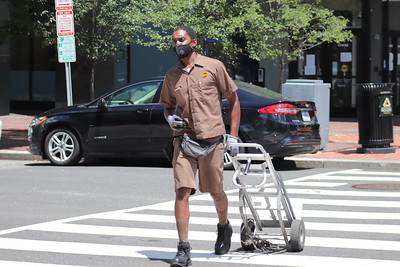Looking at the most recent community college enrollment data from the National Student Clearinghouse Research Center, you begin to see how devastating the pandemic has been. But one number stands out. Between 2019 and 2021, the nation’s community colleges have lost one-third of their Black students. That will have an impact on Black households for years to come.
Enrollment among Native American students has dropped by more than 28% during the same period. The story isn’t much different for white or Hispanic students. Their enrollment has dropped 22.5% and 20.1% respectively.
The community college enrollment data don’t include household income information. However, you can be sure that the vast majority of these students come from lower-income households. Losing one-third of Black students, nearly 1 in 3 Native American students, and 1 in 5 Latinx students will certainly change the dynamic in community college classrooms. It will also put a college degree further out of reach for the students who either withdrew or simply didn’t enroll.
Several factors may explain the significant decrease in minority enrollment. In the past nearly two years, the vast majority of community colleges delivered their coursework online. Low income households may not have reliable Internet services, or have only a limited number of capable devices. Household members may also compete with each other for bandwidth and access to resources. And even if everything is in place for online learning, studies have shown that community college students fare poorly in online learning environments.
So, as a community member, I would want to know exactly what my local community college is doing to recover minority student enrollment. I would also want to know that whatever efforts they’re making are sustained.
Sustained community college enrollment takes sustained effort
It’s not a complete surprise that minority students are abandoning community colleges in large numbers. It’s very clear that the monetary value of a community college degree is – in most cases – questionable. For the county’s nearly 9,500 Black households, going to college to earn a degree that will not significantly impact their household income isn’t a difficult decision.
Although the community college touts a race-blind admissions policy, it doesn’t change the financial result of graduation. Restoring community college enrollment among minorities is going to be a tough sell. The pandemic has exposed the monetary value of a community college degree, and it doesn’t look good.
The lack of new academic programs in emerging, in-demand fields has also revealed exactly how little the administration did in the last decade to ensure continued growth in community college enrollment going forward.
Why are we paying a premium for this?
Photo Credit: Elvert Barnes, via Flickr







